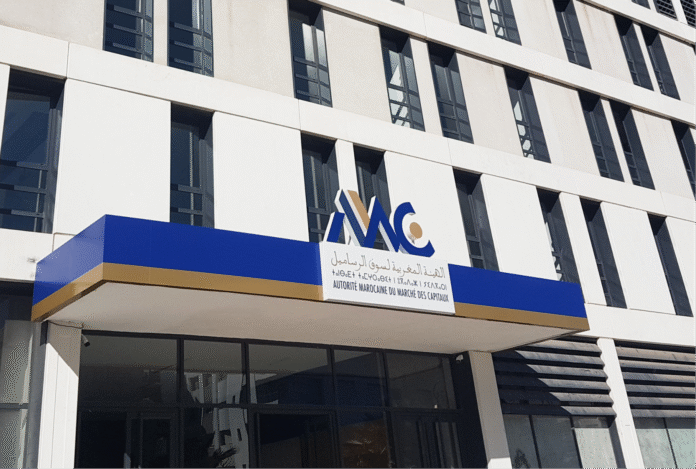
Mutual funds, known as “Organismes de Placement Collectif en Valeurs Mobilières” (OPCVM), are a popular investment tool because they pool resources and offer diversification. By combining the capital of multiple investors, OPCVMs allow for professional management and optimized access to financial markets for both individuals and institutions.
In Morocco, the mutual fund market has seen remarkable growth. By November 2023, the net assets under management reached MAD 580.98 billion, thanks to a net inflow of over MAD 5 billion. By 2024, this total surged to MAD 636.56 billion, with equity mutual funds enjoying an annual performance increase of 10.80%.
What exactly is an OPCVM and how does it work?
An OPCVM pools money from various investors and invests it in a broad range of financial assets like stocks, bonds, or money market instruments. This type of investment allows individuals to benefit from expert financial management and access to diversified portfolios, even with modest sums of money.
OPCVMs generally come in two main legal structures: SICAV (Société d’Investissement à Capital Variable) and FCP (Fonds Commun de Placement). Investors in a SICAV are shareholders, meaning they have voting rights and influence over strategic decisions. On the other hand, FCP investors hold shares of the fund but have no direct involvement in its management.
Mutual funds come in various categories based on the types of assets they invest in: equity funds, bond funds, money market funds, contractual funds, and diversified funds. Each category follows a specific management strategy, from high-risk, high-reward investments to more stable but lower-return options.
Risks and returns: What you should know before investing
Investing in OPCVMs carries both potential rewards and risks. Equity mutual funds, for instance, are more volatile but offer higher returns, whereas money market funds are more conservative, providing modest returns with less risk. It is crucial to understand the relationship between risk and return before choosing a fund.
The investment process in an OPCVM starts with defining financial goals and an investor’s risk profile. After that, selecting appropriate funds, comparing performance and fees, and subscribing through a distribution network is essential. Once invested, it’s important to monitor the portfolio’s performance regularly and adjust strategies as market conditions evolve.
Before investing in an OPCVM, it’s essential to factor in associated fees such as subscription and redemption charges, as well as management fees. These costs can significantly impact the net return on investment, so understanding them is key to maximizing profit.




